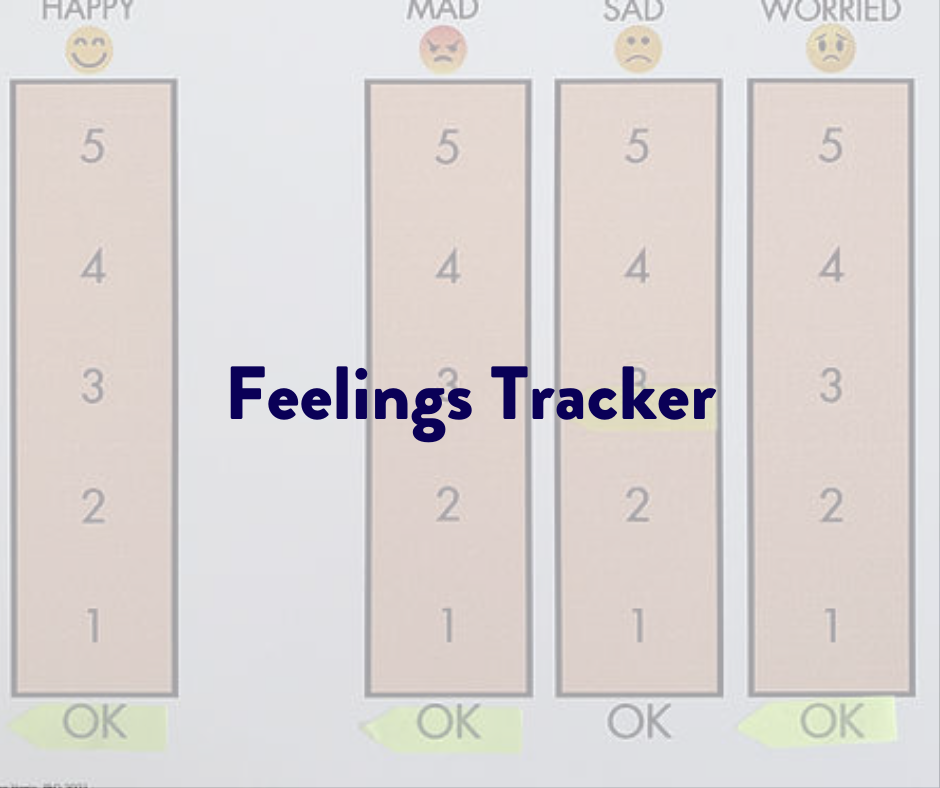Feelings Tracker
Use the Feeling Tracker to support your students in monitoring the sizes of their comfortable & uncomfortable feelings by moving stickies up and down as their feelings change.
The Feeling Tracker works well in conjunction with the Feeling Fixers - as positive thoughts and other regulating tools allow students to experience their uncomfortable feelings getting smaller, they can move the stickies lower.
printed on 3/16" foam core
Currently only available for shipping in the U.S.
Using the Feelings Tracker:
Many times, we don’t experience just one feeling. Feelings frequently come in combinations. We might feel sad and worried at the same time, or angry and sad, or even happy and worried (nervous). With younger children I often explain that, just like ice cream, feelings can come in scoops. The Feelings Tracker is used by a student to show their feelings in the moment, and track how they change over time.
The Feelings Tracker has 4 columns. On the far right is the happy feelings family (that includes pleased, joyful, etc.) The other three columns represent what I call the “trifecta of uncomfortable” – the sad, mad and worried feelings families. Each column has a numerical scale from 1-5, 1 being a very small feeling and 5 representing a very large (the biggest) feeling size. Included in your set of Feelings Trackers are narrow stickie notes. Place one at the bottom of each column. Students will move them up and down to show how they are feeling.
As students use the Feelings Tracker, it’s great to work on emotional vocabulary – helping students sort out and begin to use feeling labels that are more precise than the general feeling family name. For example, feeling names in the angry family included annoyed, frustrated, furious, explosive, etc.
Students can use this Feelings Tracker with:
story books – showing how character(s) feel
animated videos – showing how character(s) feel
During these activities, you can integrate thought bubbles, asking students what they think the characters might be thinking. I often ask students “If you were their friend, what might you say to help them feel better?” This works on empathy, as well as priming students for using these phrases to help themselves. As you work, reinforce the idea of how much the character feelings are changing – sometimes very quickly.
Students can also use this Feelings Tracker with:
themselves – showing how they are feeling in the moment
During these activities, I usually pause the activity when a feeling reaches 3. That’s a good time to check in with the student, expressing curiosity about the change in feeling size and exploring with them what might help that feeling decrease. With the student, explore which strategies in the student’s regulating toolbox might be helpful, such as taking a deep breath or drinking some water. The Feeling Fixers (available separately) also work well since they provide a visual cue of cool thoughts that can lower uncomfortable feelings.
Keep in mind that large feelings don’t easily move down all the way to okay! Whatever strategy the student applies, we want the uncomfortable feeling to get smaller – moving from a 4 to a 2 represents excellent change!

